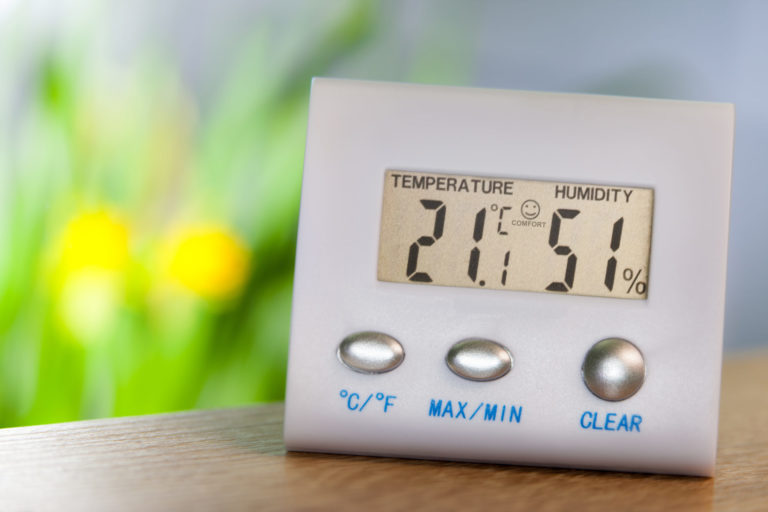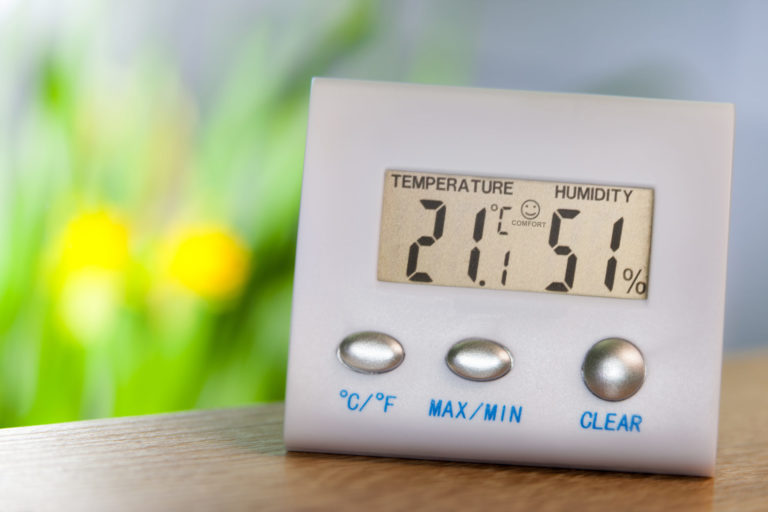
Know Your Home’s Humidity Levels? Why It Matters for your Health, Home and Comfort.

Everyone has their own preferences when it comes to what indoor humidity level is most comfortable. Aside from personal preference, your home’s air quality is critical to keep you and your family safe and comfortable. Levels of humidity that are too high or low can cause health problems and cause damage to your home. In general, a relative humidity level between 30-50 percent is ideal for comfort and to prevent microorganism growth.
Low Humidity level
Air that’s too dry can be just as damaging to your comfort, home, possessions and health as air that’s too wet. Low relative humidity levels and excessive dry air indoors can cause a host of issues for you and your home.
Damaging to your health
When indoor air is too dry, asthma and allergy symptoms can worsen. Cold and flu viruses may spread more rapidly, and you may be more prone to sinus infections. This is one of the reasons COVID-19 spreads more so in the winter months. You may suffer from dry skin, chapped lips, and dry air passageways.
Damaging to homes
Wood and other building materials as well as furniture are robbed of moisture when the air is dry. Cracks and damage can occur to flooring, trim, and even framing around windows and doors. If you notice small cracks on your furniture, door and window frames, etc. this is why.
Too much humidity
When the air has too much humidity, it can harm your comfort, your home, your possessions and your health.
When there’s too much humidity, your body can’t regulate its internal temperature through the process of evaporation. In fact, if you’re in a humid room that’s the same temperature as a room with less humidity, the humid room will feel warmer to you.
Overly humid air can create a breeding ground for mold and mildew, which can cause staining and damage to your home. High humidity can also cause wood to rot over time. Moreover, moist wood in your basement and attic can attract insects.
Your possessions
If you have too much humidity in your home, it can cause swelling in furniture and other items, which can cause them to warp.
Your health
Too much humidity won’t just make you uncomfortable, it can also make you sick. High moisture levels encourage the growth of fungus, mold and dust mites, both of which can create breathing difficulties for people with asthma and allergies.
One of the easiest ways to test your home’s humidity level is to purchase a hygrometer or indoor humidity monitor. Place the small device in the room you want to test and follow the instructions. The hygrometer will show your home’s humidity level in a percentage. Humidity is easily regulated by adding a dehumidifier or a humidifier to your heating and air-conditioning system, one that will communicate with your thermostat to maintain ideal humidity levels all year long.
When you schedule your annual preventative maintenance in the spring and winter, be sure to ask your HVAC technician to check the humidity levels in your home. It can mean all the difference for you, your family and your home’s health.
Plumbing emergency? We respond any time!





